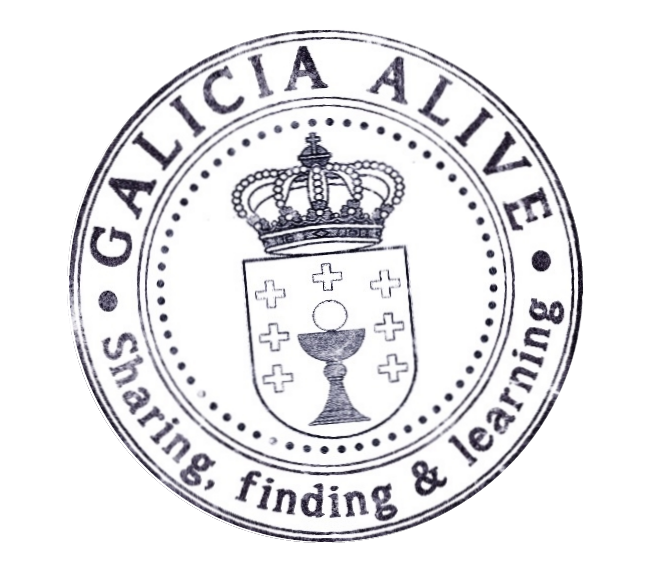Today it is time to pay tribute to a multifunctional person, as he has cultivated science and politics with his role as Rector of the University of Santiago de Compostela. We can’t talk about anyone other than Alexandre Rodríguez Cadarso . To be able to understand the importance of the contributions from the person we are talking about today.
HISTORICAL CONTEXT
The historical period in which we are going to move is the one that is between the two Spanish republics, during the reigns of Alfonso XII and Alfonso XIII . During the reign of the latter, the Dictatorship of Primo de Rivera and the Dictatorship of Berenguer are also included.
Alejandro Rodríguez Cadarso was born in Vila de Noia on August 21, 1887 in a house located where the Unicentro building is currently located, next to the current IES Virxe do Mar. At that time, Vila de Noia was very important as a port and industrial area. A large number of sailboats and motorboats arrived at the Peirao de Marqués, despite being a tidal port. The main industries in Noia were tanning and canning. In addition, there were many shoe manufacturing workshops where the saying goes:
Noia, land of shoemakers
During this period, cities and towns began to undergo transformations to achieve wider and brighter streets, as well as expanding beyond their walls. Still, the advances were mixed with elements of the rural. Works were carried out to reach public services such as the supply plaza, public fountains, sewers, lighting, water supply … The Alameda and the Jardines de Felipe de Castro were also planned and built. .
In the middle of the 19th century, connections between cities and large towns began to be built and existing ones improved for new vehicles for the transport of goods and people. In this regard, as early as the twentieth century, bridges were also built over the river Traba, which divided the town in two.
Around the same time, the Casino Society (1851) and the Liceo Society (1928) were created, the latter still in force.
It was in this historical context that he raised Alejandro Rodríguez Cadarso until the unfortunate accident that took his life on December 15, 1933, when he was on his way to Madrid to give a lecture on “Radiographic Anatomy of the Hand “and to attend the parliamentary sessions of the Cortes in his capacity as a Member of Parliament. The accident happened about two kilometers from Lubián, in the province of Zamora, due to the ice that covered the road.
WHY IS IT IMPORTANT?
Despite its short life, unfortunately, it has had a lot of repercussions in many different areas. Despite being very diverse, we will see that they are related in some way.
Science
Alejandro Rodríguez Cadarso studied medicine at the University of Santiago de Compostela . To pursue a doctorate in medicine, he defended his Thesis Mastoiditis and Trepanation . He devoted a large part of his working life to research, making numerous contributions in this field and achieving international merit.
University
His contributions in the university area have not only remained in research, but also in management. His worth sent him to the Rector’s Office of the University of Santiago de Compostela . His interest in improving the university was what made him jump to the next field. Among the things he fought for the most was the Student Residence, whose oldest college was built in 1940, being the project of Jenaro de la Fuente.
Politics
As we mentioned earlier, his interest in wanting to improve the situation of the university, led him to take the leap into politics. As he reflects, politics allowed him to carry out many of the university plans he had in mind:
I brought more to the University in two years as a deputy than all the senators together who in times of monarchy sent to Madrid our University as you expressly represent it
He entered politics promoted by Casares Quiroga, leader of the ORGA ( Organización Republicana Gallega Autónoma ). In March 1930, the Lestrove Pact was signed by all Galician republican parties. This is how the Galician Republican Federation (FRG) is founded.
In the elections of April 12, 1931, the ORGA-FRG won 14 seats out of the 47 that correspond to Galicia. In these same elections, Alejandro Rodríguez Cadarso would be elected deputy on June 28, 1931 .
One of the great political projects he was working on was the Draft Statute of Galicia . Apparently he was even talked about for the post of Minister of Public Instruction before his death.
PLACES OF HOMAGE
For all these reasons in so many different fields, Alejandro Rodríguez Cadarso is recognized and remembered. Some homes can be found in the following lugres.
In his hometown: Noia
- Alexandre Rodríguez Cadarso School

- Alexandre Rodríguez Cadarso Street

- Named Favorite Son on December 30, 1925
At the University of Santiago de Compostela :
- Bust in the Faculty of Medicine
- Students, in which he was awarded the Colegio Maior “Rodríguez Cadarso”
- It gave its name to the Anatomical Institute of the Faculty of Medicine
In the Galician Capital: SANTIAGO DE COMPOSTELA
- Plaza de Rodríguez Cadarso
- Santiago Gold Medal
HELP US KEEP WRITING
To increase the quality of our posts we need more time. You can help us by buying at Amazon. We leave the following books that may be useful and interesting:
SOURCES:
Editorial Toxosoutos.com: Alejandro Rodríguez Cadarso (Fasquia)
Cultura galega: Album da ciencia: Alejandro Rodríguez Cadarso
Wikipedia: Alfonso XIII de España
El Compostelano : Diario independiente: Ano XIV Número 4065 – 16 decembro 1933
Universidade de Santiago de Compostela: Residencias

